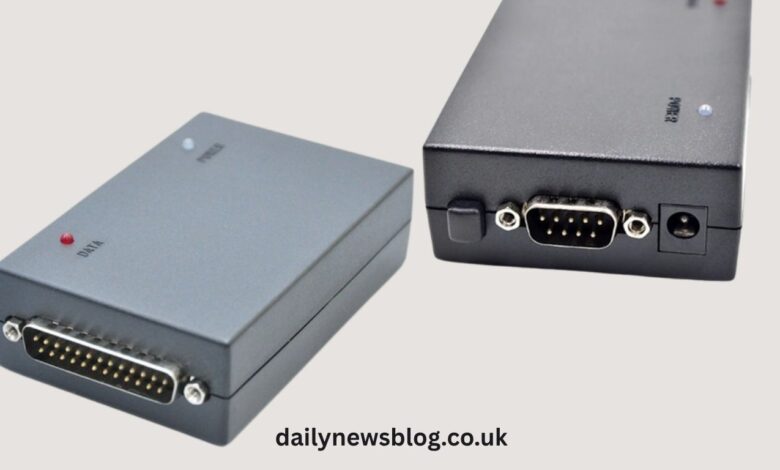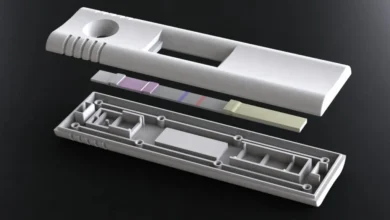Understanding the Basics: What is a Radio Interface Box and Why Do You Need One?

Introduction to Radio Interface Boxes
At its core, a Radio Interface Box serves as a bridge between your radio transceiver and external audio or control equipment. This small yet powerful device ensures that your communication lines remain uninterrupted and crystal clear. Whether you’re transmitting critical instructions during an emergency or broadcasting live on-air, the Radio Interface Box ensures your voice is heard loud and clear.
Definition and Purpose
The main purpose of a Radio Interface Box is to handle the routing, filtering, and conversion of audio signals between your radio and peripheral devices. This makes it easier to integrate headsets, foot pedals, computers, and recording devices into your radio setup. Without a reliable Radio Interface Box, you risk poor audio quality, interference, and unreliable connections that could hinder your communication.
Key Features and Benefits
A top-quality Radio Interface Box offers a range of features that professionals depend on. Built-in noise filters reduce unwanted hums and interference that could disrupt communication. The flexible connectivity options — including support for USB, XLR, or 3.5mm jacks — make it compatible with a wide array of devices. Many models also feature rugged construction, ensuring they can handle the demands of fieldwork or studio environments. These features combine to deliver a single, powerful benefit: exceptional, reliable audio quality in every situation.
How Radio Interface Boxes Work
Components and Design
A Radio Interface Box is more than just a connector — it’s a sophisticated system designed for precise signal management. The internal PCB (Printed Circuit Board) houses critical components like transformers, capacitors, and control circuits. These components work together to balance audio levels, eliminate noise, and ensure that signals are transmitted without distortion. Quality design is key to a Radio Interface Box that delivers dependable performance.
Signal Processing Steps
When audio enters a Radio Interface Box, it passes through several stages of processing. First, the incoming signal is filtered to remove noise. Next, the signal’s impedance is matched to ensure compatibility with connected devices. Finally, the processed signal is routed to the appropriate output — whether that’s a headset, computer, or recording device — while simultaneously receiving and processing incoming audio from those devices for two-way communication.
Applications and Use Cases
Broadcasting and Media
In the world of broadcasting, a Radio Interface Box is indispensable. Radio hosts and field reporters rely on these devices to connect their radios to studio equipment, allowing for high-quality live broadcasts. Without a Radio Interface Box, the risk of feedback, interference, or dropped signals increases, which can severely affect the quality of a broadcast.
Communication Systems
First responders, military personnel, and aviation professionals use Radio Interface Boxes to maintain clear and uninterrupted communication. When every second counts, these devices ensure that messages are transmitted and received without delay or distortion, supporting mission-critical operations across various industries.
Choosing the Right Radio Interface Box
Important Factors to Consider
When shopping for a Radio Interface Box, it’s important to consider the specific requirements of your setup. Compatibility with your existing radio model is crucial — not all interface boxes work with all radios. You’ll also want to consider the types of connections you need, the environments you’ll be working in (indoor studio vs. outdoor fieldwork), and whether you require features like digital signal processing or remote control capabilities.
Popular Models and Brands
Some of the most trusted brands in the Radio Interface Box space include Signalink, Motorola, ICOM, and Yaesu. These manufacturers offer models designed for both amateur and professional use, with features that cater to specific needs like mobile operations, dispatch centers, and high-fidelity broadcasting.
Future of Radio Interface Technology
Innovations and Trends
As technology advances, Radio Interface Boxes are evolving to meet the growing demands of professionals. Newer models feature integrated digital signal processors (DSPs) that provide enhanced noise suppression and audio clarity. We’re also seeing the rise of wireless interface boxes, which reduce cable clutter and allow for more flexible setups. Future devices will likely offer better software integration, enabling users to monitor and adjust their systems remotely from a PC or mobile device.
Potential Challenges and Solutions
With every advancement comes potential challenges. As radios become more complex, ensuring compatibility with a Radio Interface Box can be tricky. Additionally, operating in environments with high levels of electromagnetic interference may pose risks to audio quality. The good news? Modern interface boxes are being designed with advanced shielding, superior filtering, and modular architecture that make these challenges easier to overcome.
FAQs About Radio Interface Box
What is a radio interface box?
A Radio Interface Box is a device that connects your radio transceiver to external audio equipment, such as headsets, computers, or recording devices. It ensures clean signal conversion, minimal interference, and seamless integration with your setup.
What is interface radio?
Interface radio refers to the technology and devices, such as a Radio Interface Box, that facilitate connections between radios and external systems or accessories, enabling communication with other equipment.
What is the use of a radio box?
A Radio Interface Box is used to manage and route audio signals between your radio and peripheral devices, allowing for enhanced communication clarity and easier control of your equipment.
What is the purpose of an audio interface?
An audio interface — much like a Radio Interface Box — manages the conversion and transmission of audio signals between devices, ensuring high-quality sound for both input and output.
What is a PCB in radio?
A PCB (Printed Circuit Board) in a radio or Radio Interface Box is the internal board that connects and supports electronic components, allowing the device to function correctly and efficiently.
Conclusion
The Radio Interface Box may not always be in the spotlight, but it plays a vital role in ensuring crystal-clear communication across various industries. From professional broadcasters to emergency responders, the right Radio Interface Box can mean the difference between chaos and clarity. As technology continues to advance, these devices will offer even greater functionality, flexibility, and audio quality. Investing in a high-quality Radio Interface Box is a smart move for anyone who values flawless communication.
SEE MORE: Dailynewsblog




